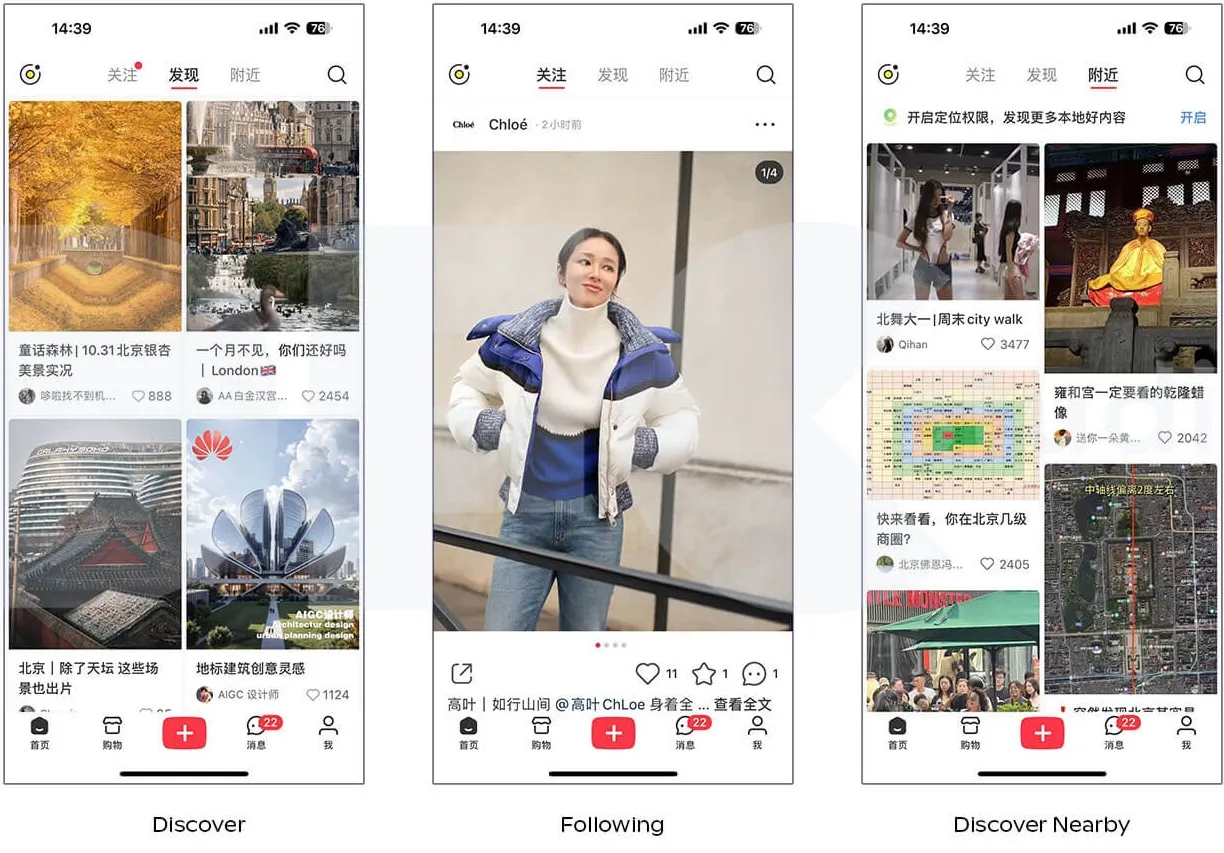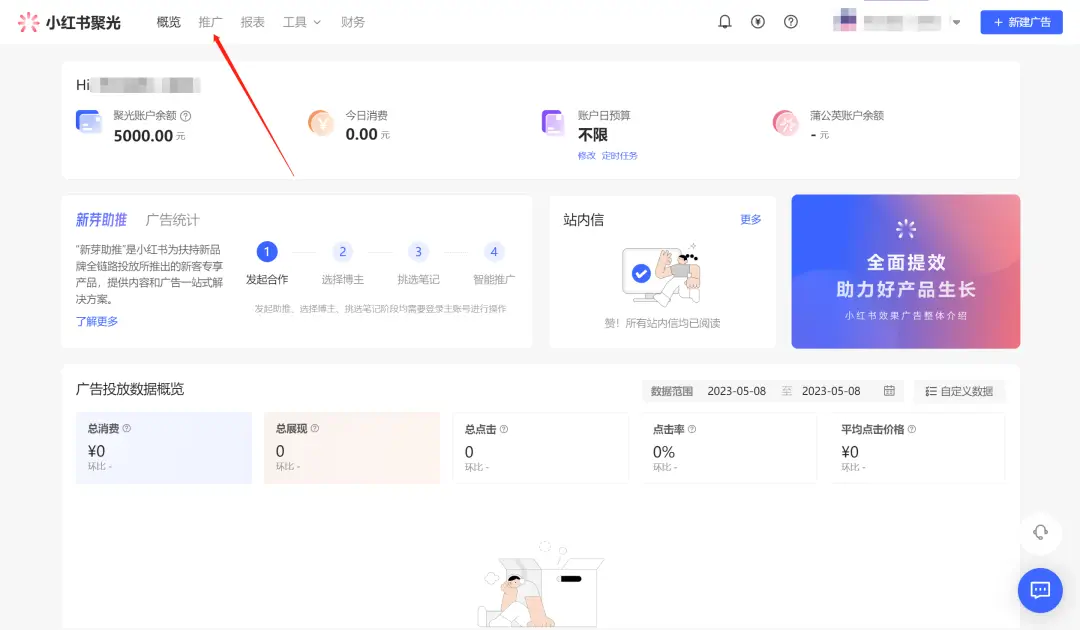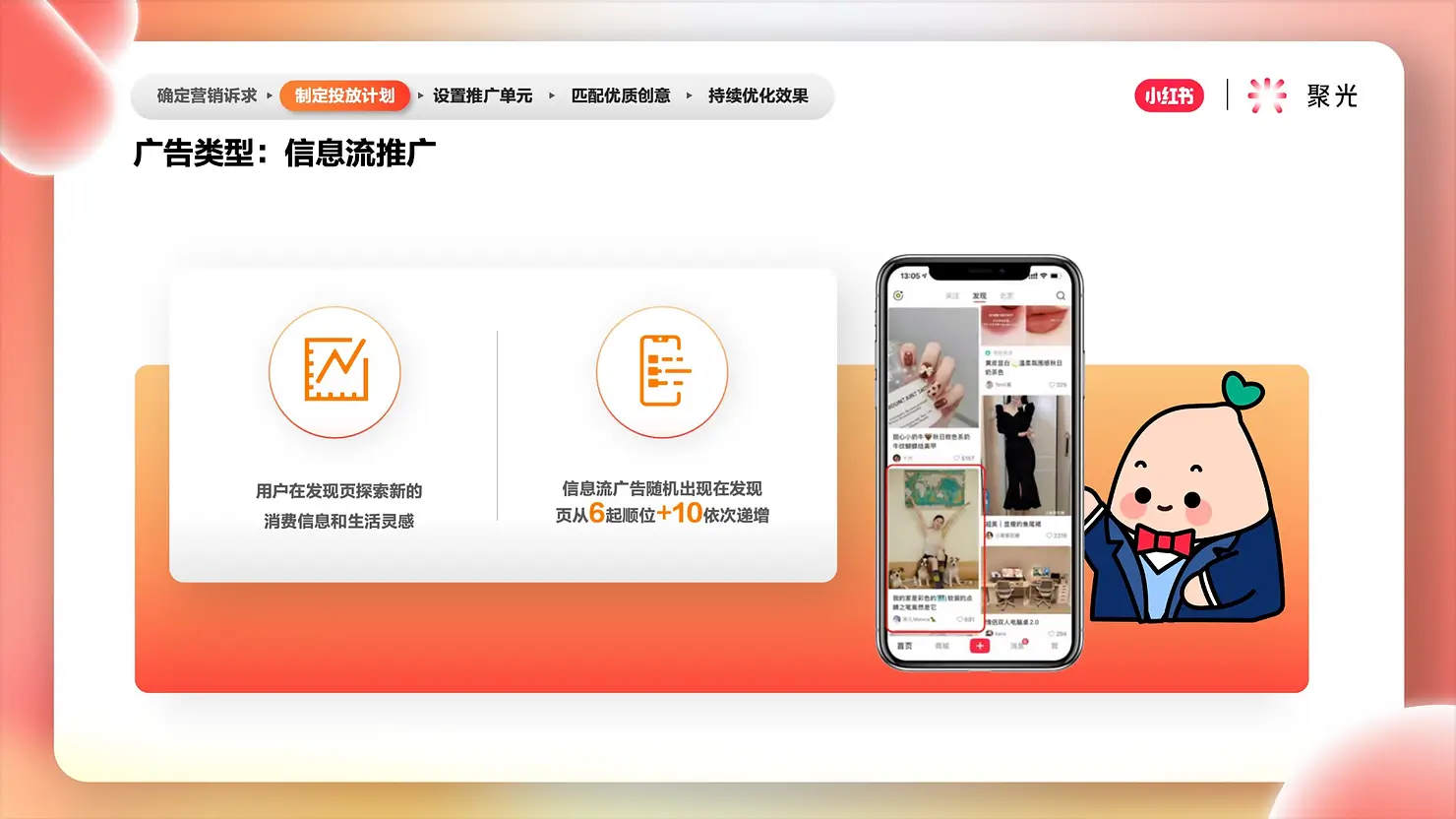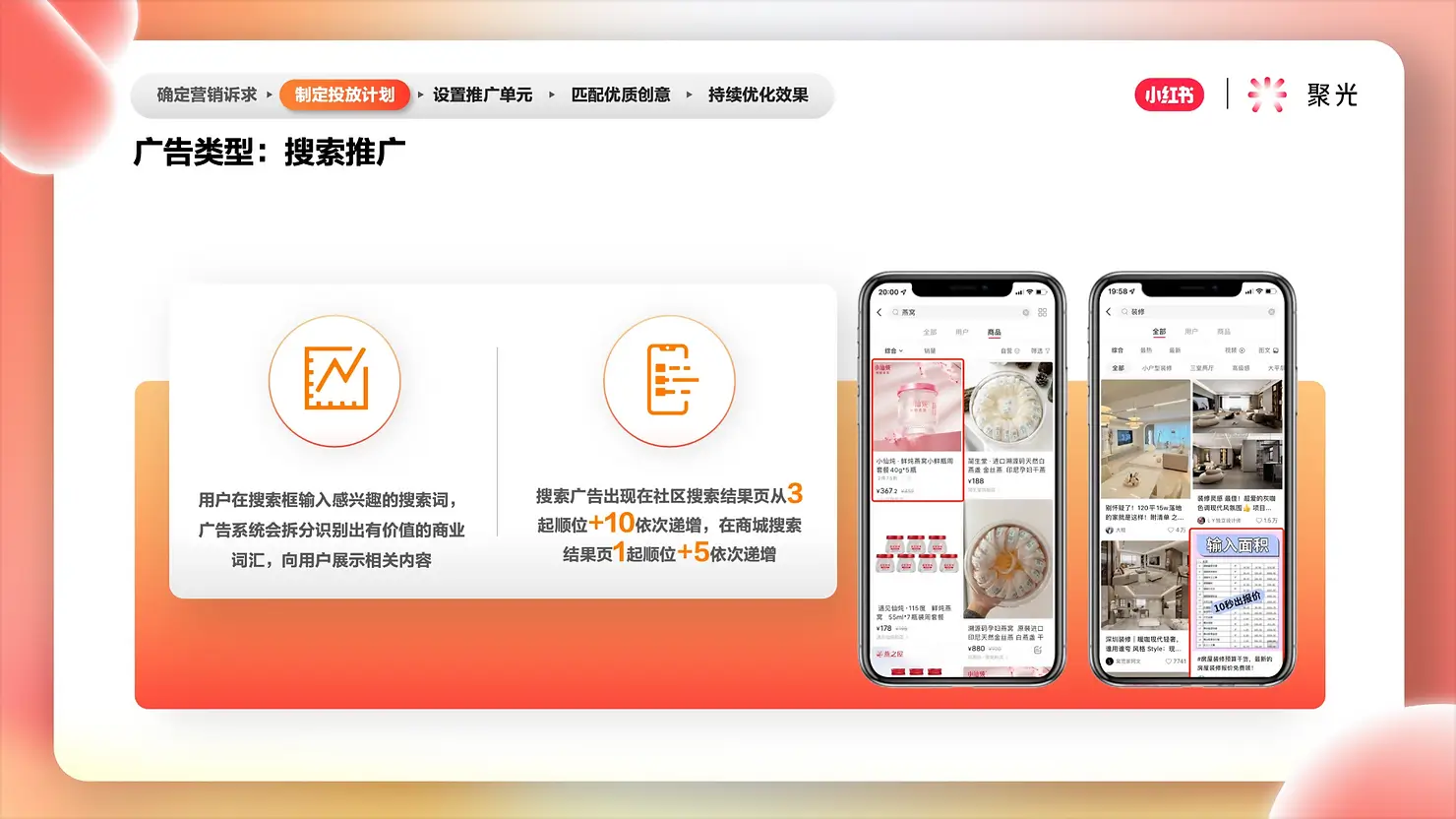As a TikTok ban looms in the United States, Gen Zs and millennials are flocking to the Chinese social media platform XiaoHongShu (XHS), also known as RedNote and Little Red Book.
Currently being termed as “TikTok refugees,” these users have propelled XHS to the top spot on the iOS and Google Play stores in the US. This migration comes as TikTok faces potential restrictions on national security grounds, creating a need for alternative platforms that support storytelling with community-driven content — just what TikTok could offer.
What began as a niche platform for sharing overseas shopping tips has turned into a social commerce powerhouse, where user-generated content (UGC) leads the way. With 200 million active users, primarily Millennials and Gen Z (70% female), XHS has a highly engaged audience. Given the current circumstances, this platform is no longer just an opportunity for brands. Rather, it has turned into a necessity. XHS enables you to connect with influential demographics, build credibility, and turn the audience into your customers through authentic storytelling and visibility.
Adding to its pre-existing significance, the wave of TikTok users transitioning to this platform — who are also known as TikTok refugees — has amplified XHS’s global importance. These new users, accustomed to short-form credible storytelling, bring fresh creative energy to the platform, further enhancing its role in the digital marketing ecosystem. Brands that act now can ride this success, making the most out of XHS’s features, community, and commerce to establish a foothold with this rapidly growing audience.
This guide covers everything you need to know about using XHS to its fullest potential. Here’s what you can expect to learn:
- Core features of XHS
- How to create XHS account and optimize it
- Content strategy
- Advertising strategy
Happy learning!
What is XHS or RedNote
XiaoHongShu (XHS), also known as RedNote and Little Red Book, is a combination of social media and social commerce platforms, offering brands and users a space to connect and convert authentically. The appeal of using it lies in the way it integrates user-generated content (UGC) with shopping experiences. Imagine a space where TikTok or Instagram’s visual storytelling meets Amazon’s product reviews but with a trust-based ecosystem at its heart. That’s XHS for you.
Talking about the features that make XHS exclusive, here are some of those:
- Notes: This feature is the backbone of XHS. These short-form posts combine images, videos, and text and are used to demonstrate personal stories, product recommendations, and tips.
- Video content and livestreaming: Videos are one of the top-performing content in XHS, providing an engaging way for brands to showcase products in real-life scenarios. Hence, it is available as an in-built feature. Livestreaming adds an interactive layer, fostering real-time engagement.
- Shopping and product reviews: Users can discover products, read reviews, and make purchases directly within the app. This takes conversion through content to the next level.
- Community discussions: XHS thrives on niche communities where users bond over shared interests, whether it’s beauty hacks, travel tips, or fitness routines.
Users trust XHS because the content isn’t dominated by overt advertisements but by genuine experiences shared by everyday people. This trust, combined with its features, makes XHS a goldmine for brands aiming to acquire consumers with a higher life-time-value or LTV.

XHS app interface
How to set up your XHS account
Setting up a business account of XHS is as easy as it is to set up on TikTok or any other social media platform However, here’s a step-by-step guide to make the process even easier for you:
- Register your account: Start by visiting the XHS website or app and selecting the “Business Account” option. Fill in your brand’s details and log in.
- Submit verification documents: Upload documents like your business license to establish credibility and unlock features like analytics and ads. Verification is non-negotiable here.
- Customize your profile: Choose a username and profile picture that reflect your brand’s identity. Add a compelling bio that highlights your unique selling points (USP) and includes a clear call-to-action.
- Integrate links: Connect your e-commerce store, WeChat, or website to make it easy for users to explore and purchase your products.
Thanks to the TikTok refugees, XHS is now seeing a surge in dynamic storytelling styles and fresh content approaches. For brands, this influx can be a great opportunity to align with these new users, build early relationships, and take advantage of the connection.
Advanced techniques to optimize your XHS profile
Once your account is set up, the next step is to optimize it for visibility and engagement. A well-optimized profile can be the difference between being overlooked and becoming a go-to brand on XHS.
Here are a few things you could do to optimize your XHS profile, even if it’s a business account:
| Profile element | Implementation tips |
| Username & profile picture | Memorable username and profile picture: Your username should reflect your brand’s personality — simple, relevant, and easy to remember. Pair it with a profile picture that aligns visually with your brand, like a logo or signature product image. |
| Bio | Compelling bio: Your bio is your elevator pitch in under 150 characters. Avoid generic statements like “We sell beauty products.” Instead, try: “Cruelty-free skincare for a glow that lasts 🌟 Shop our award-winning line below!” And yes, don’t be afraid to use that emoji, or a brand emoji (if you’ve any). |
| Linking | Strategic linking: Use links to drive traffic to your e-commerce store or promotional pages. Include UTM parameters to track performance and understand user behavior. |
| Notes | Pinned Notes: XHS allows you to pin important posts to the top of your profile. Highlight Notes that showcase your best products, most engaging tutorials, or highly positive customer reviews. |
| Keywords | Keyword optimization: Include targeted keywords in your bio, Notes, and video descriptions. For example, if you’re in skincare, terms like “hydration,” “anti-aging,” or “cruelty-free” can enhance discoverability in platform searches. This aligns your profile with user intent and improves its ranking within XHS’s internal search engine. |
| Social proof | Highlight social proof: Add metrics or achievements to your profile to build credibility. For instance, “Trusted by 50,000+ customers” or “As seen in Vogue ” signals authority and trustworthiness. |
| Look and feel | Aesthetic consistency: XHS users are highly visual, so ensure your profile has a consistent aesthetic. Use cohesive colors, fonts, and photography styles across your Notes and videos. An attractive profile makes your brand instantly recognizable and signals professionalism. |
| CTAs | Engagement-driven CTAs: Your bio should include action-oriented phrases like “Join the community” or “Tap below to shop your favorites.” CTAs drive interaction and encourage users to explore further. |
| Optimization | Analytical decision-making: Regularly review XHS’s native analytics to measure profile engagement. Insights like follower growth, click-through rates, and Note engagement can help you tweak your profile for better performance. |
Content strategies for XHS success
Want success by marketing on XHS? Here’s the golden rule: be authentic, or be ignored.
Users don’t scroll through XHS for ads; they scroll for stories, inspiration, and relatable content experiences. For brands, this means shifting from hard selling to soft storytelling.
Here are some types of content that your customers or audience might be able to resonate with easily, and thus should definitely be in your content calendar :
- Lifestyle posts: Customers love to see products in action. So make them the protagonist of your content. For a protein powder brand, its audience would be more inclined to convert if they see a video of someone having it rather than a static image of it with just the benefits mentioned.
- Testimonials and reviews: Another winning content type is customer testimonials. These content can be a great way to build credibility.
- Tutorials: Educational content like skincare guides or product unboxing creates value and builds trust.
- Short videos: Video content is king on XHS. They offer a dynamic way to tell your brand’s story.
The migration of TikTok refugees has added a wave of unique, bite-sized, and visually engaging storytelling to XHS. Brands can learn from this by experimenting with short-form videos and dynamic visuals that mirror TikTok’s creative energy while aligning with XHS’s trust-based culture.
Advertising on XHS
While storytelling leads the way in XHS, paid advertising is equally important for brands. Because, let’s face it, the end goal of every authentic connection is a potential conversion. Right?
Furthermore, businesses that are new to XHS will require time to create rapport through organic content only. This can be a roadblock if you’re looking for quick conversions. Paid marketing can be an answer to your problem, in this case.

Juguang - XHS’s ad platform
Running ads on XHS or XiaoHongShu has a timely and strategic advantage, especially as TikTok faces potential bans in regions like the United States. While the latter’s rapid entertainment and viral trends have made it a favorite, XHS offers something unique: a trust-driven, commerce-focused ecosystem where users actively seek product recommendations, reviews, and lifestyle content.
Paid ads on XHS can outperform TikTok in driving ROI by targeting audiences at key decision-making moments. The platform has some advanced segmentation tools. Brands can use these tools to create specific campaigns for niche demographics, geographies, or interests, and ensure that their ads reach users ready to convert.
For businesses adapting to the uncertainty of TikTok’s future, XHS can not only work as a stable alternative but also can increase ad effectiveness by combining trust, community, and commerce into every campaign. Thanks to the UI/UX of the platform, XHS ads do not feel like interruptions like those of Meta ads, either.
Here are some advertising options you would get on XHS:

In-feed ads
In-feed ads: Native-style ads that mimic organic posts. These appear seamlessly in user’s feed.

Splash screen ads
Splash screen ads: Attention-grabbing ads that appear when the app is launched.
There are always some platform-specific paid advertising strategies that can take your campaign-game to the next level. That’s the same for XHS. Here are some campaign management tips to covert better:
- Target strategically: Use XHS’s advanced audience segmentation feature to ensure your ads reach the right people.
- Focus on storytelling: Ads that resemble organic Notes or highlight user stories perform best.
- Employ behavioral retargeting: Re-engage users who interacted with your content but didn’t convert. Highlight discounts, testimonials, or new offers to address objections.
- A/B test CTAs: Test various calls-to-action like “Shop Now” or “Explore More” to find what resonates best with different audience groups.
- Partner with influencers: Collaborate with KOLs or KOCs to create authentic paid content. Boost their posts to expand reach while maintaining trustworthiness.
- Monitor bid strategies: Start with CPC for conversions and CPM for broader awareness. Adjust bids to balance cost-efficiency and performance.
- Promote exclusive offers: Use ads to highlight limited-time deals or product launches, creating urgency that drives conversions.
- Integrate dynamic product ads: Showcase personalized product recommendations in ads based on user browsing behavior to improve click-through rates.
TLDR
- Choose a simple, memorable username and an aligned profile picture.
- Write a compelling bio with a clear call-to-action and emojis for relatability.
- Use strategic links with UTM parameters to track traffic and user behavior.
- Pin key Notes to your profile to highlight top-performing content.
- Run native in-feed ads that mimic organic posts for higher engagement.
- Use splash screen ads for bold, immediate visibility on app launch.
- Target users precisely with XHS’s advanced segmentation features.
- Re-engage with behavioral retargeting ads to convert hesitant users.
- Test multiple CTAs like “Shop Now” and “Explore More” to maximize impact.
- Collaborate with KOLs and KOCs to create authentic, boosted-paid content.
- Monitor CPC and CPM bid strategies to optimize for cost and performance.
- Highlight exclusive offers in ads to create urgency and drive sales.
- Run dynamic product ads to serve personalized recommendations for better CTR.
FAQ
What is XHS?
What are the benefits of using XHS?
Can you advertise on XHS?
Final thoughts
With the TikTok ban looming over the shoulders of thousands of businesses whose growth was this platform-centric, shifting to XHS can be a solution to their problem. Its unique blend of trust-based content and e-commerce makes it a must-have tool for brands aiming to connect with audiences for better conversion. And with TikTok refugees adding new energy to the platform, the growth opportunities have never been greater. Provided it takes time to build rapport through organic content, these businesses should keep paid advertising on top of their XHS marketing strategy.
But let’s admit something: no matter what the platform is, paid advertising isn’t easy. Running ads on a relatively new platform is even tougher. It takes sufficient knowledge, experience, and expertise for successful campaign management. Which may not be available right now in your in-house team. In that case, it might be better for your business to outsource the task of XHS paid marketing to a performance marketing agency, like Kaya.

